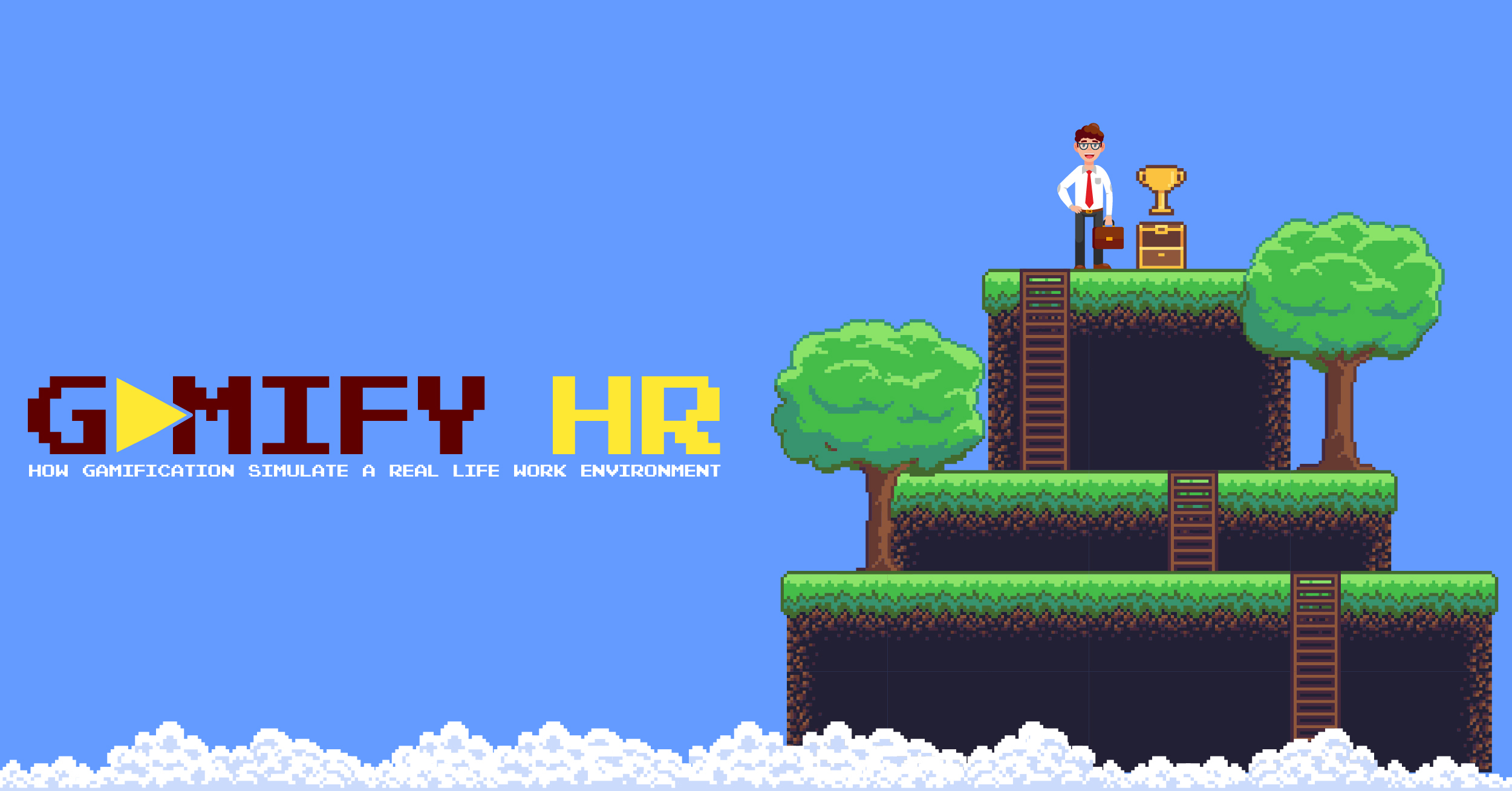
Games That We Play at Work: Gamification in IT Recruitment
“Tell me and I forget, teach me and I may remember, involve me and I will learn.”
Benjamin Franklin
I bet that you have already heard the word of gamification many times since it became a buzzword that everyone uses in their context. Even though you are sick from people’s usage of this word without looking at the context, I may say that gamification is not a trend or fashion. The development of the concept of gamification back to the 30 years and the word means that usage of game elements in the non-game contexts. While today gamification is highly correlated with innovation, it has its harms and benefits to different sectors. In this blog post, without boring my readers with the theoretical framework of gamification, I will try to explain the benefits of gamification in the IT recruitment sector with the contemporary examples from well-known high tech companies.

Today, most of the gamification attempts fail, but even though it is a risky business, its global industry value is approximately $5 billion at 2016, and it’s expected to rise to almost $12 billion by 2020. As you can see, these numbers show that gamification is a growing industry that has several benefits. With the right implementation to the specific sector, it may help to reduce costs in different areas. While gamification in the industry may be used in almost all areas, we can see the best examples of the applications at learning and development, marketing and promotion, and recruitment. While I can address all of these applications, as I said before, I will only touch upon the benefits of the gamification at recruitment (especially the IT sector).

First of all, you are attracting the most motivated candidates with the help of gamification. Today, candidates are sending their application forms and CVs to multiple places without elaborately thinking. Most of them do not think about the company or they are fit into the job. On the other hand, games require an effort, a motivation to complete which force the candidates to stop and think about the application. Since there are only a few candidates who complete the games with their efforts, IT recruiters know that these candidates are motivated for the job.

Gamification in IT recruitment helps you to attract the best talents in the sector. Games are challenges that motivate talents to perform their best if the tasks are clear enough. We can see many different tech companies that use hard-to-accomplish games to attract talents with requesting to solving them. Even though it is not a private company, British intelligence and security agency, the GCHQ uses this method to attract talented spies and hires. In their website “CanYouCrackIt.co.uk”, they created an encrypted message to solve by the candidates. If the candidates decipher the message, they may able to move forward to the next steps of the recruitment. With that simple application of gamification, GCHQ found the best talents while they get rid of most of the resumes. As a foundation who needs best talents, GCHQ has already fit gamification into their culture and recruitment process subtly.

Recruitment is a long process with multiple tests and interviews. However, with gamification, you may select the best IT talents in a very short amount of time just as Google did. For 16 years, one of the most popular tech companies, Google organizes Google Code Jam. This is a software-writing competition that Google invites talented software developers and engineers to compete in a game to win monetary prizes. While monetary prize attracts highly talented coders, Google uses this competition to attract and hire the best talents. As you can see, in a short amount of time, best talents became visible with the tough game challenge.

The last and maybe the most important benefit of gamification in IT recruitment is the candidate-company engagement. Games are, because of their internal structure, engaging in the best way. Since you are creating an interactive hiring process based on fun, enjoyment and the need for accomplishment, you are attracting the best talents for the job. Also, you are showing that your company’s culture is based on fun and enjoyment that today most of the talents seek. With their unique game challenge, the big-data start-up Umbel showed how creativity helps them to reach great talents. They designed a first-person fighter style game called Umbelmania. In this game, coders fought against each other just as other fighter games but the movements of their characters were based on the codes that they wrote during the game. Based on their points in the game, they climbed into the next steps of the interview processes. Even though I am not a software developer, I got very excited when I saw Umbelmania. I cannot imagine the fun and enjoyment of the coders had when they were in this recruitment process.

As you can see, there are several benefits of usage of gamification in IT recruitment. While you are attracting the best talents who are highly motivated, you are also decreasing the time you spend on the recruitment process. With the candidate-company engagement that comes with the competition, the company’s culture based on fun and enjoyment may be reflected the candidates. Even though some companies cannot be benefitted from the gamification, we can see that companies who rubbed in gamification within its own culture can see the great benefits of the gamification. In the end, I may say that gamification will significantly change the recruitment process in the future. We should watch and see these changes and apply the ones that fit best to our company’s culture.
If you want to learn more about the role of the gamification in recruitment process, you may read from the sources that I used at below:
5 Companies That Are Successfully Using Gamification for Recruiting
6 Gamification Examples: A Real Game-Changer for Recruitment and Career Services
Does Gamification Work in Recruiting? You Bet!
